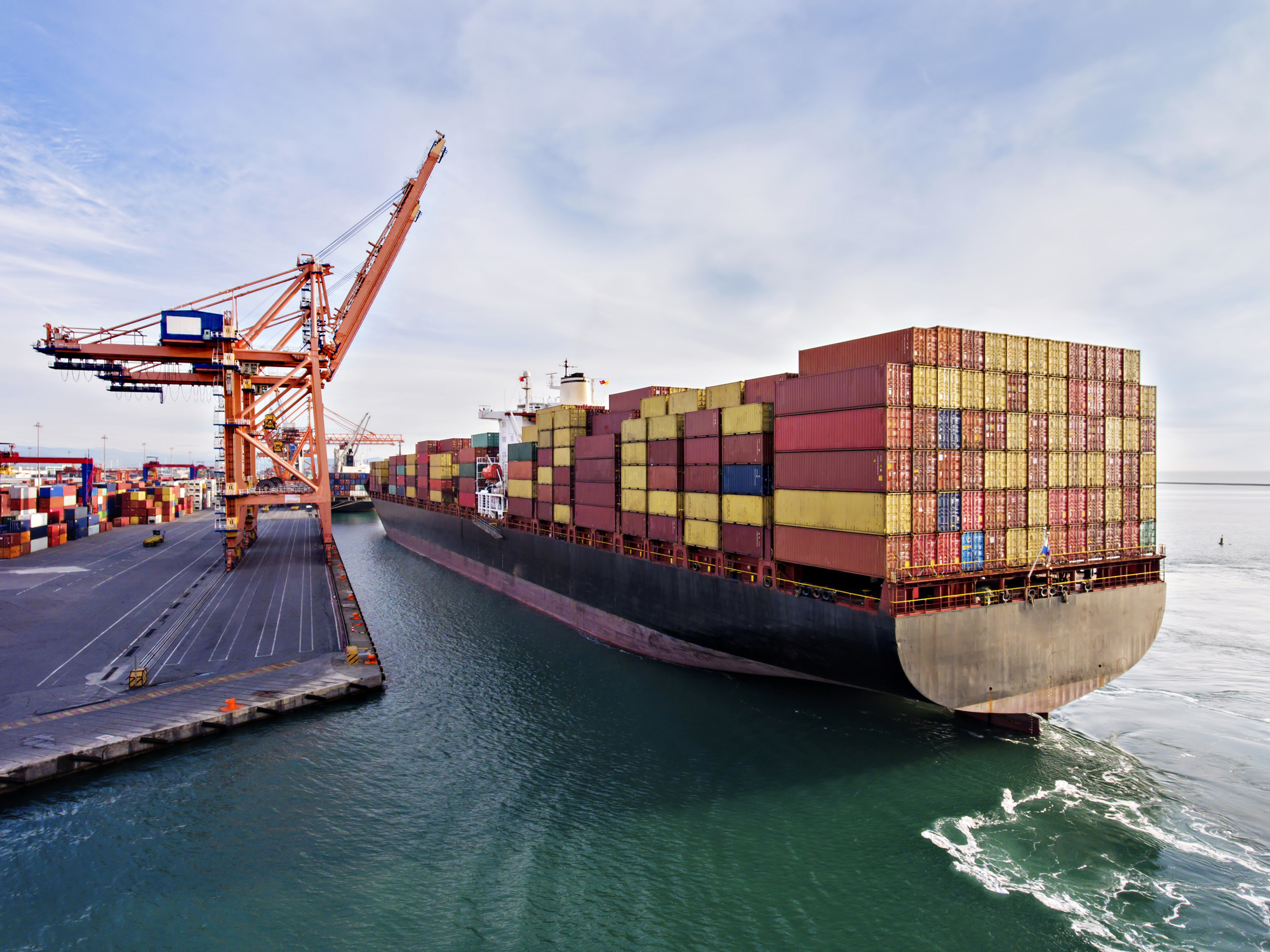While the pandemic initially caused soaring shipping prices as demand for goods collided with factory and port shutdowns, President Biden believes continued price surges are linked to the ships that ferry containers with foreign products to America’s shores, according to The New York Times.
The price to transport a container from China to the West Coast of the U.S. costs 12 times as much as it did two years ago, according to the report, while the time it takes a container to make that journey has nearly doubled.
This has pushed up costs for companies that source products or parts from overseas, ultimately increasing the prices consumers pay.
In an attempt to lower costs, he has suggested increasing competition in the shipping industry, which is dominated by a handful of foreign-owned ocean carriers, and pointed to the industry’s record profits as proof of the problem. He has directed his administration to provide more support for investigations into antitrust violations and other unfair practices.
Congress is also considering legislation that would hand more power to the Federal Maritime Commission, an independent agency that polices international ocean transportation on behalf American companies and consumers.
It’s unclear to what extent more government oversight and enforcement would actually bring down shipping costs, which are being driven in large part by soaring consumer demand and persistent bottlenecks.
“As a standard matter of economics, if you have inelastic supply and experience a surge in demand, you will see a rise in prices,” Phil Levy, the chief economist at Flexport, a logistics company, told the New York Times. The effect is expected to worsen in the coming months. Shipping rates typically take 12 to 18 months to fully pass through to consumer prices, said Nicholas Sly, an economist at the Federal Reserve Bank of Kansas City.
While supply chain congestion showed some signs of easing in January and February, the Russian invasion of Ukraine has quickly worsened the situation along with lockdowns in China that have closed factories and warehouses. Full Story
Related: Q&A: Restaurants Weigh Impact of Inflation; Retailers Discuss the Impact of Inflation on Shopper Behavior.

